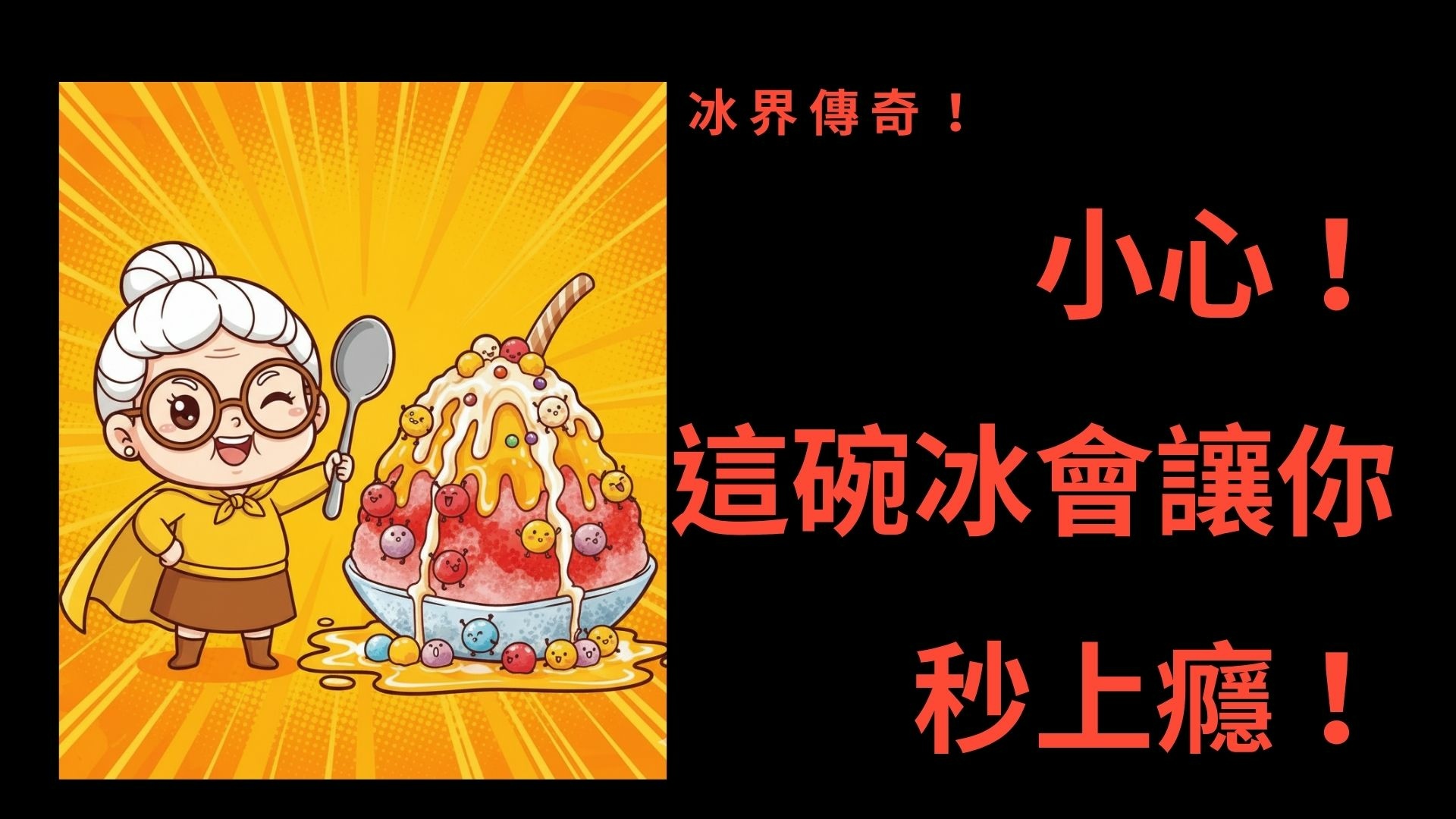Experts bowled over by ancient urn found on bed of Lake Biwako 琵琶湖底發現的古甕令專家驚喜
精英翻譯社轉自http://iservice.ltn.com.tw/Service/english/english.php?engno=1190228&day=2018-04-06
◎張沛元
An underwater robot has snapped photographs of a pottery urn probably dating from the seventh or eighth century that has been left almost intact at the bottom of Lake Biwako.
一具水下機器人在(日本)琵琶湖底拍攝到1個年代可能介於7世紀或8世紀、外型幾乎完好無缺的陶甕的照片。
It is believed to be a reddish brown Haji pottery urn made sometime between the Asuka Period (592-710) and Nara Period (710-784).
此甕據信是在飛鳥時代(西元592年到710年)與奈良時代(西元710年到784年)間的某個時期所打造的紅棕色的「土師器」。
The urn was found in an underwater archaeological site called the Tsuzuraozaki Kotei Iseki.
此甕被發現的地點,是一個名叫「葛籠尾崎湖底遺跡」的水下考古遺址。
Since 1924, many pottery pieces, mainly from between the Jomon Pottery Culture Period (c. 8000 B.C.-300 B.C.) and Heian Period (794-1185), have been found at the site at a depth between 10 and 70 meters, often caught in fishing nets.
自1924年起,這個水深從10到70公尺的遺址,就常有許多年代主要介於繩文陶器文化時代(約西元前8000年到西元前300年)與平安時代(西元794年到1185年)之間的陶器碎片勾住漁網而被發現。
It remains a mystery why so much pottery from such a wide time span have been found at this site.
該處為何會有這麼多年代跨幅甚大的陶器出土,迄今仍是個謎。
Some speculate a settlement was submerged by a rise in the water level or the pots were sunk there in obscure rituals. Others sidestep romance and suggest it was just a dumping ground for used ceramics.
有人猜測此處過去可能曾有聚落,稍後因水面上升而被淹沒,或者這些陶器因某不明儀式而被沉入此處。另有人的看法不這麼浪漫,覺得此處不過就是舊陶器的垃圾場。
 留言列表
留言列表



 {{ article.title }}
{{ article.title }}